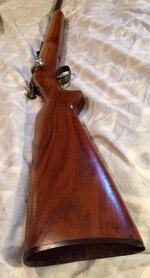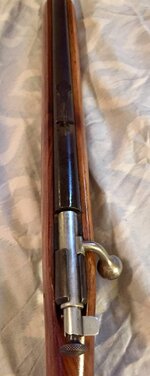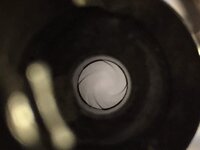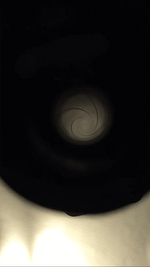




 Great gun at a greAt price I think...after some research I believe it was made between 1935 and 1937 it is not a smooth bore. it is in like new condition. Has a 27" barrel some go for $1200 and some for $200 in rough shape, that being said I'm going with $325 obo thanks for your time and if you have any knowledge of this rifle I would love to be educated!
Great gun at a greAt price I think...after some research I believe it was made between 1935 and 1937 it is not a smooth bore. it is in like new condition. Has a 27" barrel some go for $1200 and some for $200 in rough shape, that being said I'm going with $325 obo thanks for your time and if you have any knowledge of this rifle I would love to be educated! Thanks











